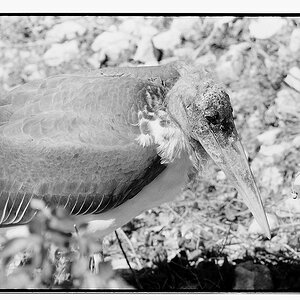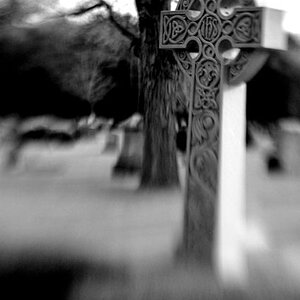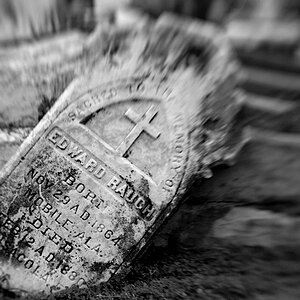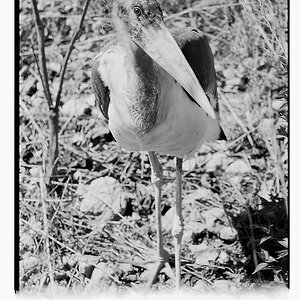Devinhullphoto
TPF Noob!
- Joined
- May 29, 2013
- Messages
- 413
- Reaction score
- 44
- Location
- Mansfield, Ohio
- Can others edit my Photos
- Photos OK to edit
I currently own a D5100 and while its a great camera, I really wanna upgrade to the D7100 (or newer model if one replaces it by next fall). Right now I have the standard 18-55mm, 55-200mm, 50mm 1.8G, and a random 135mm 2.8.
I would love to get the 70-200 F4 to replace my 55-200, and here is my dilemma. I don't think I will be making the jump to FX anytime soon or maybe never since this isn't my profession and I know that the 70-200 F4 is designed for FX camera and I won't be able to use it to the fullest on a DX. I wanna know if I should get a different zoom or get the 70-200 F4 just in case I make the leap.
I'm also curious if I should upgrade my 18-55 before getting the D7100 or does it perform well with a D7100?
Any help or advice on lenses I should consider would be very appreciated.
I would love to get the 70-200 F4 to replace my 55-200, and here is my dilemma. I don't think I will be making the jump to FX anytime soon or maybe never since this isn't my profession and I know that the 70-200 F4 is designed for FX camera and I won't be able to use it to the fullest on a DX. I wanna know if I should get a different zoom or get the 70-200 F4 just in case I make the leap.
I'm also curious if I should upgrade my 18-55 before getting the D7100 or does it perform well with a D7100?
Any help or advice on lenses I should consider would be very appreciated.





![[No title]](/data/xfmg/thumbnail/35/35946-771bfce9b2727c9126587d96c471da80.jpg?1619737254)




![[No title]](/data/xfmg/thumbnail/35/35953-1a8b92df0115ff7026f31b78855ac815.jpg?1619737264)


